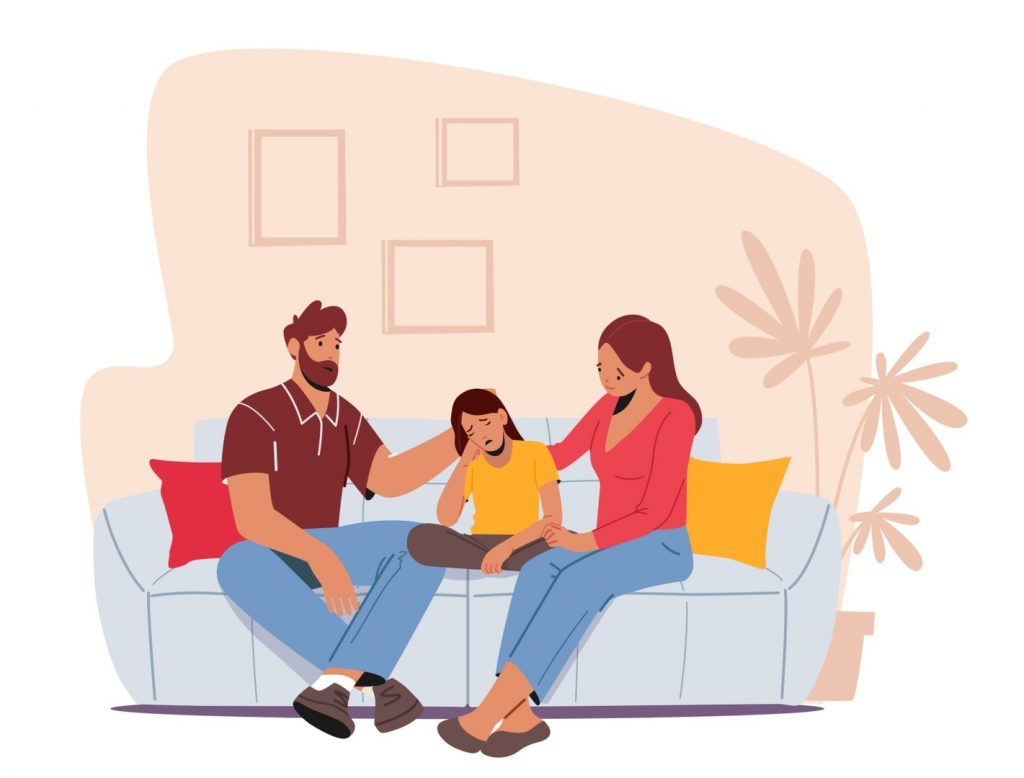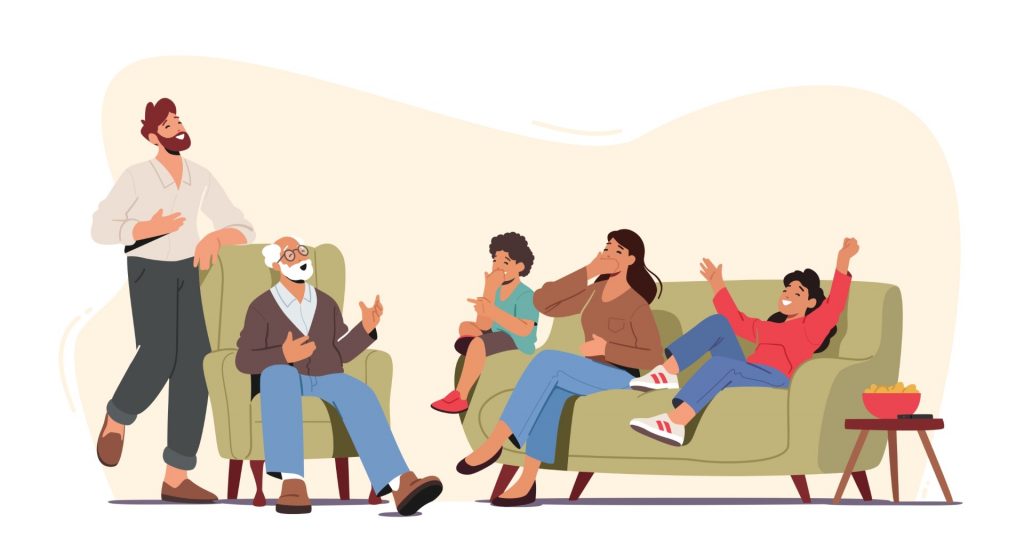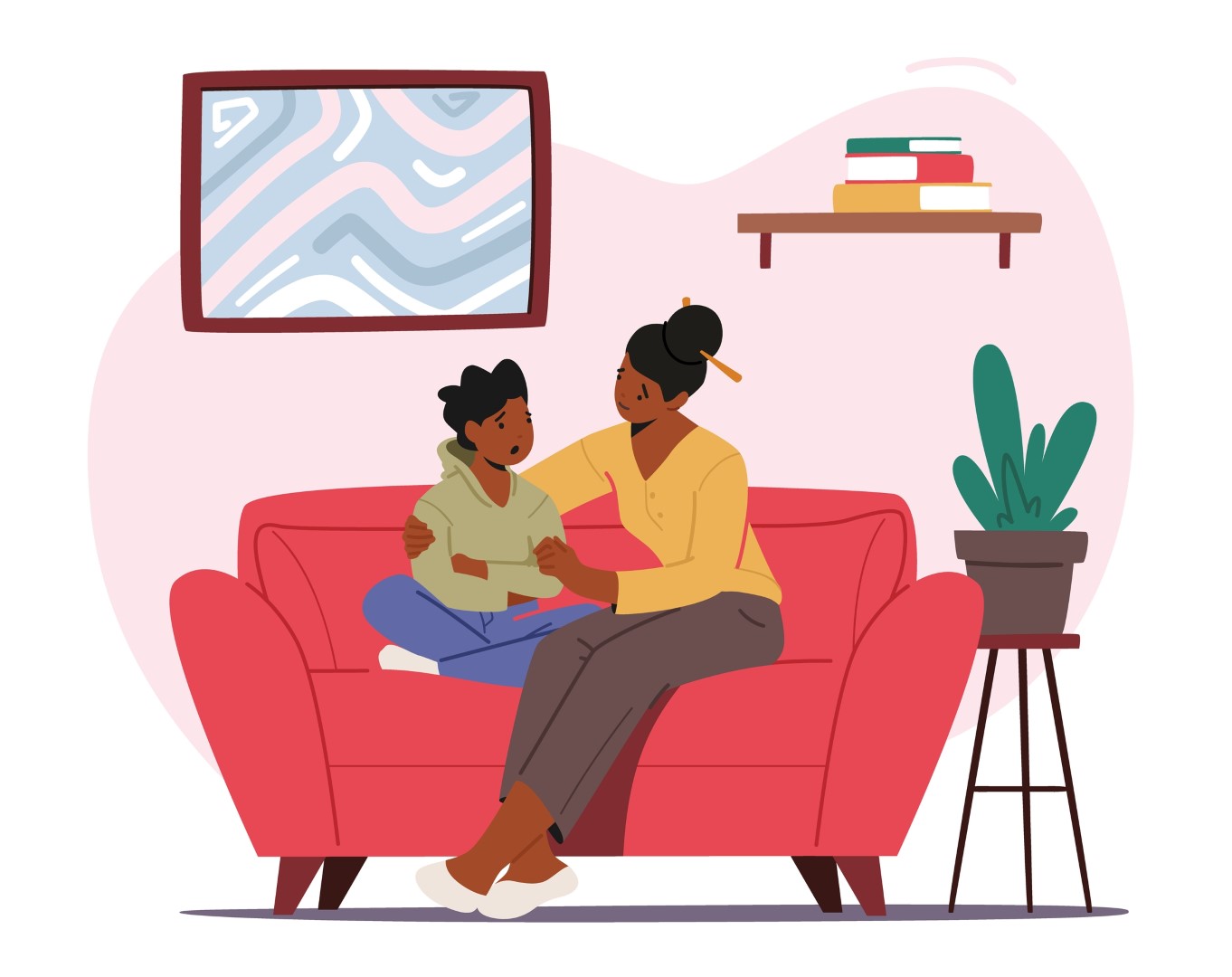Emotional safety is an important part of learning and growth. The space that allows children to develop a sense of self, to be concerned with the things happening around them, and to learn the world is emotional safe space.
Emotional safety means that the individual is able to understand and share her/his physical or emotional conditions with families and surrounding persons, to know that s/he can receive help from those around concerning the problems experienced in this regard, and to be able to open up one’s self about her/his own emotions (for instance, experiences and even fears).
Ever since our childhood, being aware of our feelings, such as feeling hungry or full, cold or hot, scared or safe, and trying to recognize these feelings are very important while learning to meet our physical needs and controlling our impulses.
- Shying away
- Thinking no one will understand
- Thinking no one will listen to you and be concerned with you
Could prevent the creation of an emotional safe space.
How do we create emotional safe space?
Babies, during their first days of their lives, start crying because of the changes taking place in their tummies. When babies cry, mothers understand that their babies are hungry and give them milk. This way, babies learn that this condition they are experiencing is the feeling of hunger and that their mother could help them about it. In other words, the mother has shown the baby the feeling of hunger and that she can help and do something about it. This will form the manner the baby will use in the upcoming years to define and characterize her/his own feelings. This is what it means to be aware of our feelings and to be able to ask for support from those around us.

If we are unable to discern why the baby is crying and unable to give milk at that moment or some other kind of proper food to help eliminate the hunger, the baby will have the same feeling, but will learn that surrounding persons will not be able to help.
The healthy relationships we establish with our children are the foundation of emotional safety. Once children feel that they are being understood, feel comfortable and believe that they are being respected, those children will feel safe. This way, our presence will create an incredible feeling of security for our child.
How our child feels when with us is important. We cannot tell children, “You can trust me, I’m on your side” and get them to feel that way, but we must let them feel it through our behaviors and presence. For instance, when our child comes home from school and starts talking about an incident at school that bothered her/him while we are busy preparing lunch, continuing to cook instead of listening could cause our child to think that s/he is not being understood. Even if for two minutes, it will be important in terms of the child to take a break from our urgent tasks, to look at our child’s face when s/he’s speaking, and show her/him that we hear her/him. In order for our children to ask for our support during any kind of problem they might encounter as they grow older, it will be effective for them to know that we hear them, that we pay attention to their problems and that we can understand them.
For a child, being safe means being at home and by our side. The most important source of safety for children are their parents who love and protect them and whom they want to believe will be on their side at all circumstances. For the entire family to be safe and healthy, it is crucial for parents to be able to see that their children are in need of love and safety, and to make efforts to meet those needs.
Home means a place where we are safe and where we can bring up our armor against any possible threats from around us. The way to create this concept of home is to help our children feel this sense of safety.
There are several ways to creating emotional safe space for our children
- We should not dismiss feelings, hoping to make our child more resilient. Telling our child “Don’t be afraid”, “Don’t cry” will not eliminate our child’s fear or allow her/him to learn how to cope with grief, but could cause the child to learn how to conceal these feelings.
- We could let our child feel in a warm environment at home. We could smile and say, “Welcome” when our child comes homes.
- We could listen to what our child has to say and look her/him in the face when listening.
- Even if there is a subject matter to which we must show some kind of reaction, it is important to give time to listen about the matter and try to understand it before reacting.
- We could make a positive contribution when listening to our child and encourage her/him to speak.
- We could show our child that we are listening and trying to understand her/him by using gestures and making eye contact.
- From time to time we could say, “Yeah, I understand” or convey the message “I’m still listening to you” by saying “uh-huh”.
- While speaking, we could respond to our child’s questions and give explanations to help her/him understand things.
- We could foster our child’s feelings of being someone who is important, trusted and loved. This will also increase our child’s feeling of trust towards us.
- We could remind our child that mistakes could happen (in fact, everyone could make mistakes) and what matters is being aware of these mistakes and correcting them.
- We could make our child feel loved under all circumstances.
- When our child wants to share something with us, s/he should know that s/he could tell us about it. It is not only enough to say that we are open to talking about anything, but we must also show it…
- Whenever something bad happens, whenever your child feels scared, or experiences a disturbing incident, it is imperative to make sure that your child knows you will be protecting them unconditionally!
- Even though sometimes we do not agree with whatever our child is telling us, making her/him see that we still love her/him is also very important!
- From this aspect, being aware of our feelings is essential. We could be very angry about something or very scared of something. However, if we direct our own fears to our children, we can cause them to only be afraid and not be able to learn anything new. We must let them find their own paths and to learn and discover different circumstances.
- The way they can tell us about all these issues is to listen to them calmly and to guide them correctly if necessary.
- Children, just like adults, might sometimes only need to talk about things. We could remind them that we are not their teacher but we are their mom or dad; we could provide a suitable environment for them to talk about the matters that bother them.

Don’t forget to fulfil your own emotional needs
An emotionally distant mother or father will lead to an emotionally distant child. The best way to help our children learn their own feelings and needs and to create emotionally safe relationships first of all depends on us learning to cope with our own feelings.
It is possible for our past disappointments, feelings of shame and anger to stir up fears that could negatively affect our parenting skills. To refrain from reflecting these emotions on to our child unknowingly, we could work on our own feelings.
For instance, instead of trying to hide our anger from our children, we could explain to them that sometimes we could get angry at certain things. We should not forget that our children keep an eye on us to determine how to react to their own feelings and needs. Saying something like, “I need 5 minutes to calm down before speaking” will show the child that anyone can get angry, but that it’s a manageable feeling.
We should first listen, and then react
Many things can be said through unspoken words. Do not forget that most of our children’s behaviors are driven by feelings. Before showing a reaction, we can also lend an ear to the unspoken ones.
It is important to be aware of how we communicate when responding to something. We should not forget that sound is a powerful instrument and our tone of voice explains a lot…
Listening actively to our child means that at the same time we ask her/him questions that will help her/him feel safe. It will be useful to ask questions like “What can be done about it?”, “How can we make it better?”, “Would you like me to come with you?” In fact, simply telling our child, “I’m here”, “I’m on your side” could even be helpful in creating an environment where the child feels safe.

